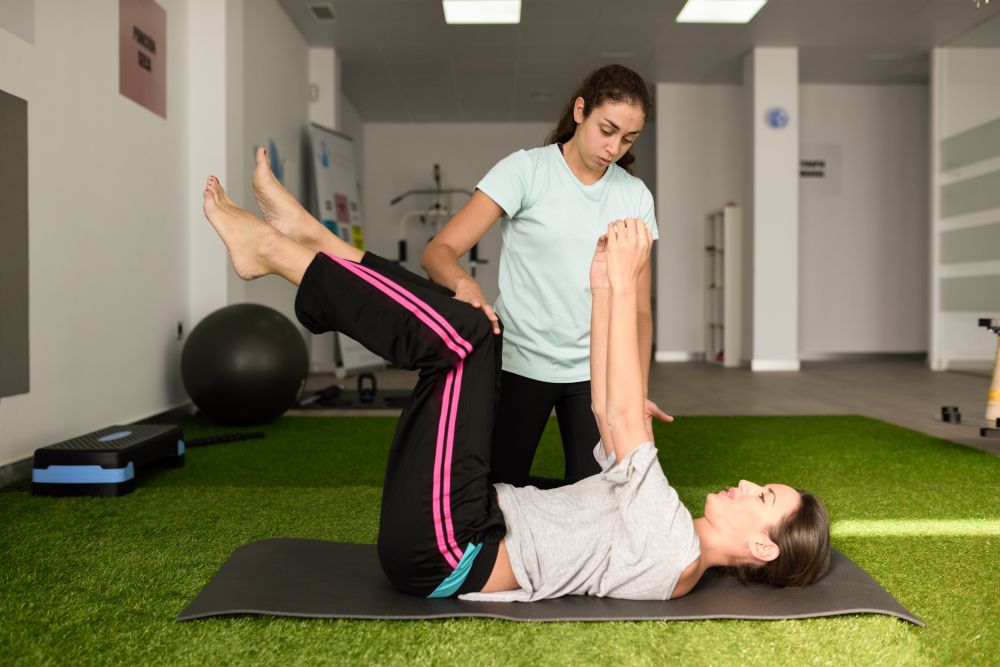Cueing the Core to Enhance Shoulder Elevation

Shoulder elevation is an integral movement for several daily activities like sports, carrying books, cleaning, and reaching the top shelf of the cupboard. However, shoulder elevation becomes a daunting task when you have functional limitations or pain. Physical therapists recommend incorporating core activation during shoulder elevation to improve the quality of movement and reduce pain. In this blog, we will delve deeper into the importance of cueing the core to enhance shoulder elevation.
1. Understanding Cueing
Cueing is an essential factor in physical therapy. It refers to the verbal or nonverbal prompts the therapist provides to guide the patient's movement. Cueing is individualized based on the patient's needs or the therapist's preference. Generally, Physical therapists use external and internal cues, with the former involving visual or auditory prompts like - Look up; Reach higher, and the latter including engagement of muscles like - Squeeze your glutes; Engage your core.
2. The Importance of Cueing the Core
The core engages several muscles like the abdominals, hip flexors, and erector spinae, which co-contract during movement, promoting stability in the lumbar spine and pelvis. Our body is interconnected, and hence a stable core facilitates improved movement patterns in other parts of the body like the shoulders. During shoulder elevation, a stable core helps to prevent compensatory movements involving the upper trunk and neck, reducing the risk of overuse or pain.
3. Strategies to Cue the Core during Shoulder Elevation
There are several strategies that physical therapists use to cue the core during shoulder elevation, some of which include:
- Verbal cues
This involves instructing the patient to engage the core muscles during the movement. - Feedback devices
Therapists may use tools like the biofeedback machine to help the patient understand when they engage the core muscles. - Manual cues
This involves physically guiding the patient through the movement while cueing them to activate their core muscles. - Variations of shoulder elevation
Therapists may also modify the shoulder elevation activity to facilitate core activation, like raising the arms while standing on unstable surfaces like a Bosu ball.
4. Benefits of Cueing the Core
Cueing the core during shoulder elevation provides several benefits like improved stability, increased strength, better balance, reduced compensatory movements, and decreased pain. Additionally, the inclusion of core engagement may result in improved function and quality of life.
Conclusion
In conclusion, cueing the core during shoulder elevation is a technique that every physical therapist should implement to improve the patient's quality of movement and reduce pain. Cueing is essential in physical therapy and helps enhance the brain-muscle connection, resulting in optimal movement patterns. Moreover, incorporating core engagement while elevating the shoulder helps improve stability, balance, and strength, providing a holistic approach to rehabilitation.